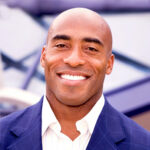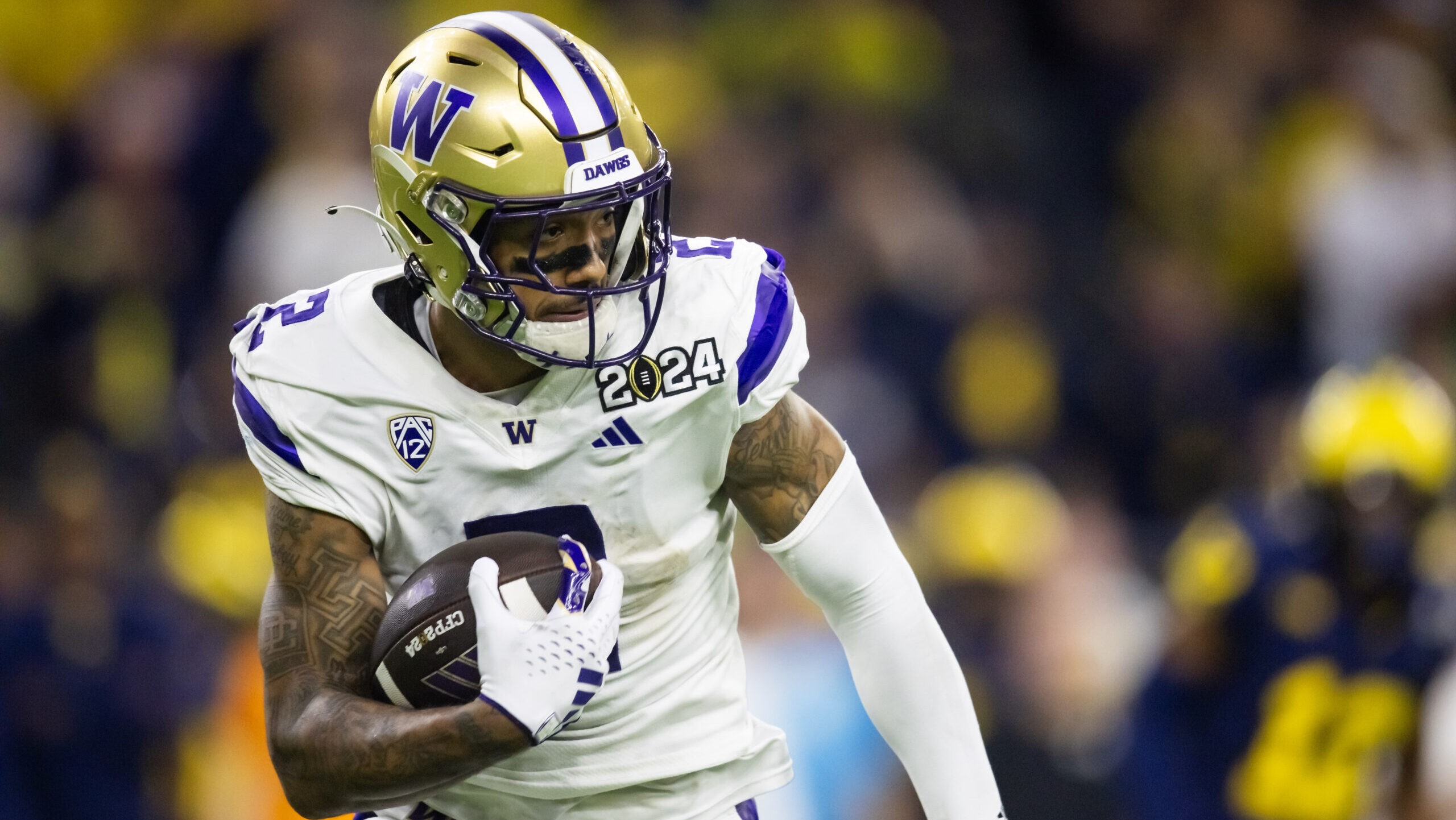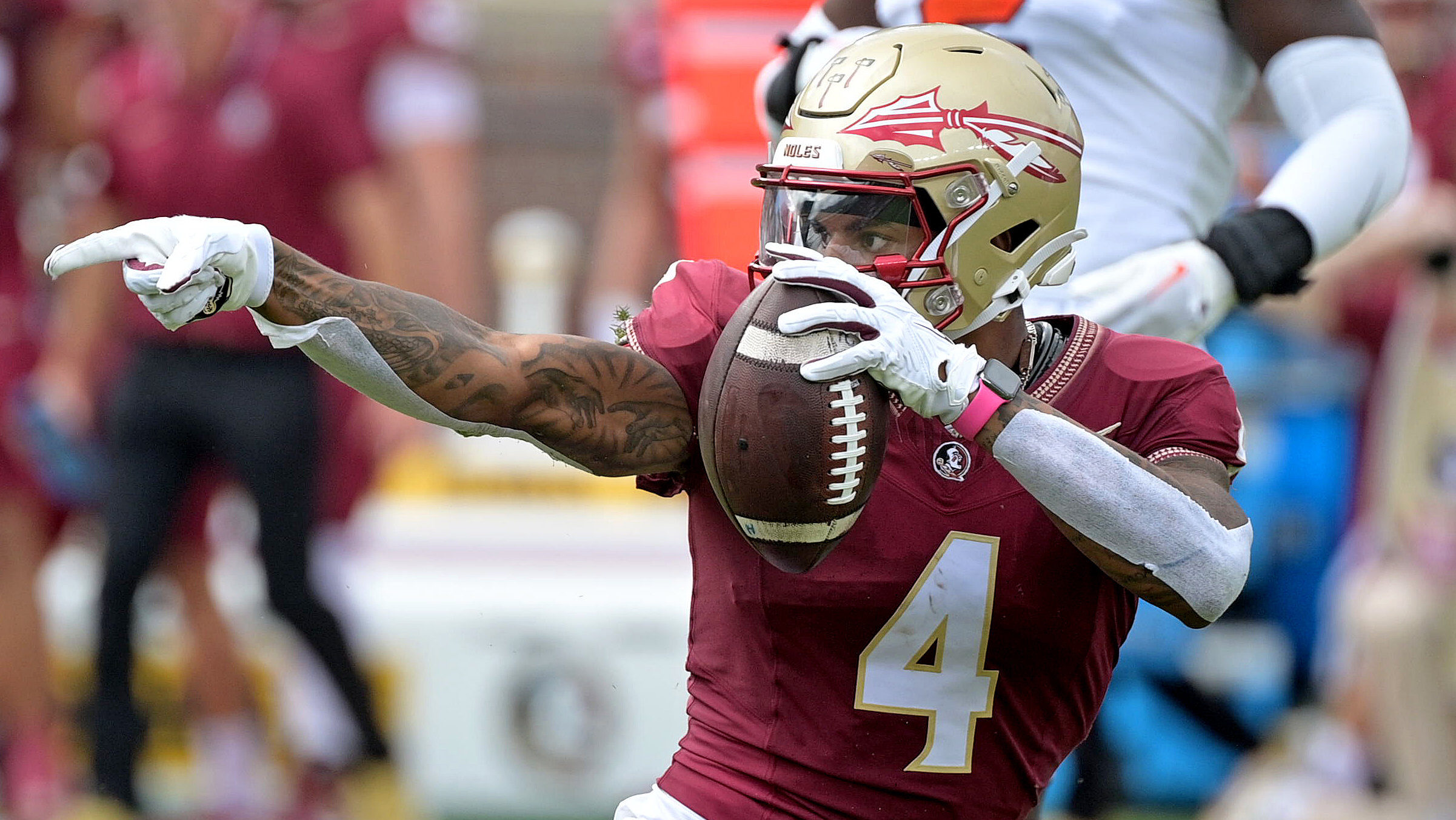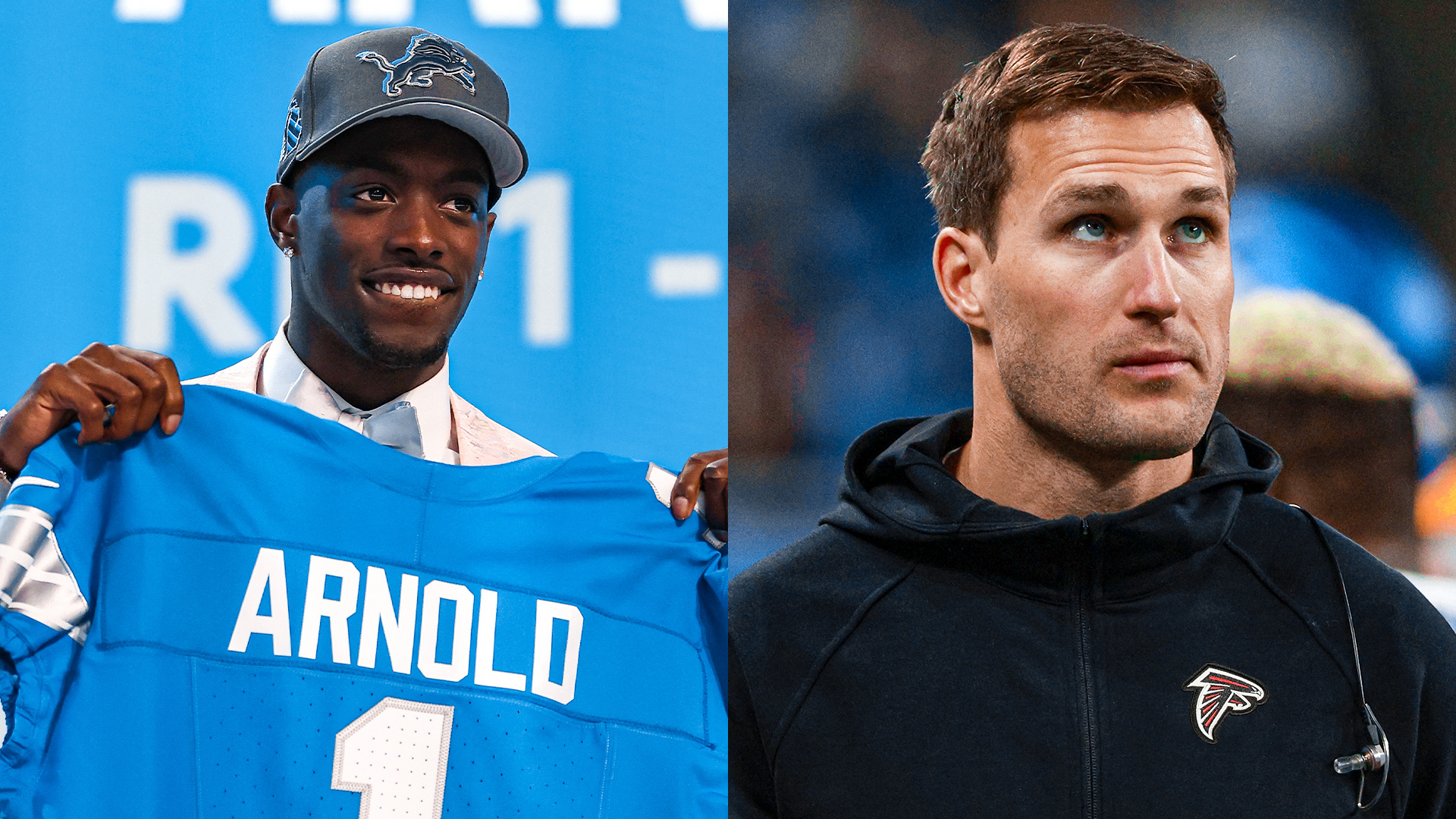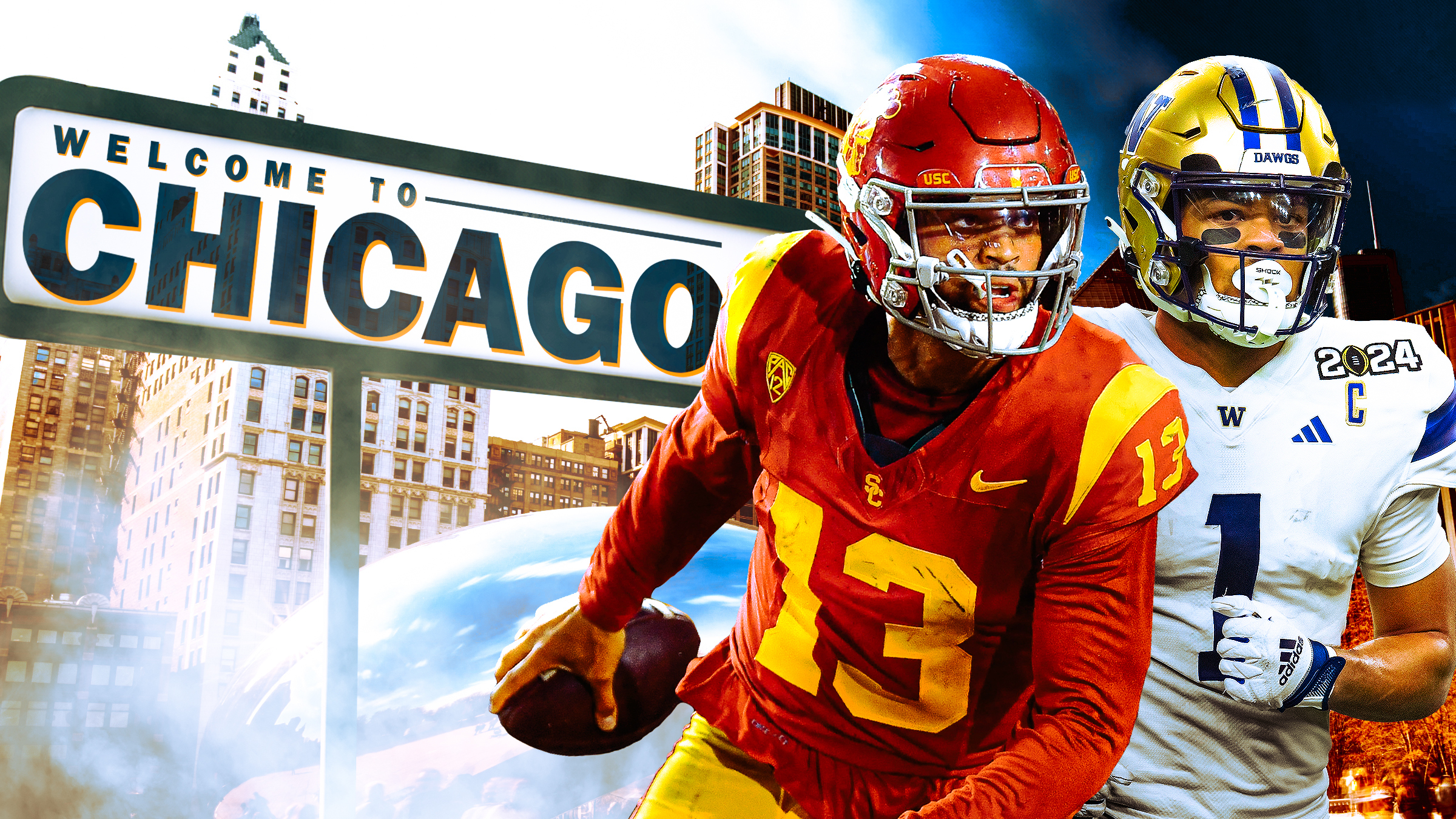Analysis
11/23/22
9 min read
NFL Replay Rules Remain Problem For Officials
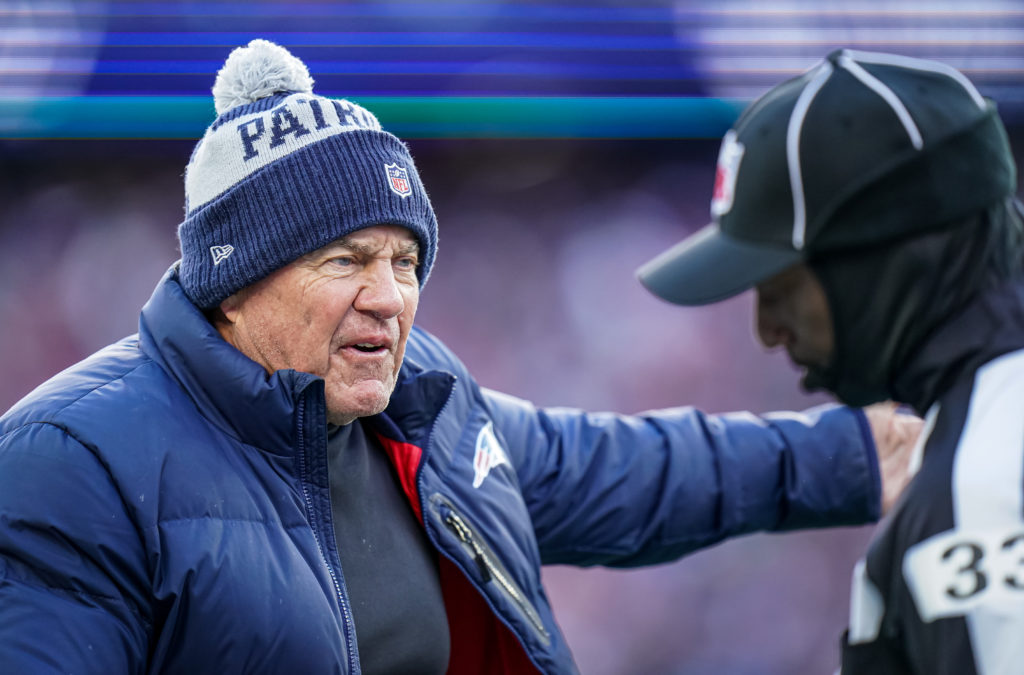
In the past two weeks, the NFL’s instant replay system managed to draw some unwanted attention.
It started a week ago when Bill Belichick made some statements to the media on the subject. He was referring specifically to a play in the Buffalo-Minnesota game where, inside the last two minutes of regulation, Bills receiver Gabe Davis caught a pass that set up the game-tying field goal. In viewing the replay, it appeared that Davis may have bobbled the ball while going to the ground and the ball looked like it touched the ground out of bounds, thereby negating the 20-yard catch at the Vikings’ 40-yard line.
By rule, there are no challenges allowed by coaches after the two-minute warning. Every review rests with the replay official. The official in that scenario failed to stop the game for a review. Again, by rule, once the ensuing snap (in this case a first-down play by Buffalo) has begun, the game may no longer be stopped for review. There was a public outcry over the failure of the replay official to stop the game.
The league office was forced to admit that the replay official had erred and had it gone to replay, the catch would have been overturned. This would have given the Bills a third down from their own 40 with 17 seconds left in regulation. Minnesota won in overtime, and I am certain there was a huge sigh of relief in the league office.
Confusion in Minnesota
Fast forward to this past Sunday. Dallas at Minnesota was the featured CBS game, covered by its star broadcast crew of Jim Nantz and Tony Romo.
With 13 seconds left in the first half, the Cowboys were leading, 20-3. Dallas quarterback Dak Prescott completed a 27-yard pass to CeeDee Lamb at the Vikings’ 42-yard line. Lamb made a great two-footed toe tap and appeared to secure the ball all the way through contact with the ground. The play was ruled a catch on the field. Dallas took a timeout with five seconds left in the half.
The Cowboys sent their kicker, Brett Maher, on to attempt a 60-yard field goal. Nantz and Romo excitedly set the scene for this extraordinary kick. The ball was snapped, the kick sailed through and the Cowboys' sideline erupted in celebration. Nantz was wrapping up the half when the referee was seen approaching Cowboys coach Mike McCarthy for a conference.
McCarthy appeared perplexed and briefly angry, making a dismissive gesture toward the referee. The broadcasters were at a loss to explain what was happening. It was then announced “replay” had stopped the game, and the Lamb catch would be reviewed.
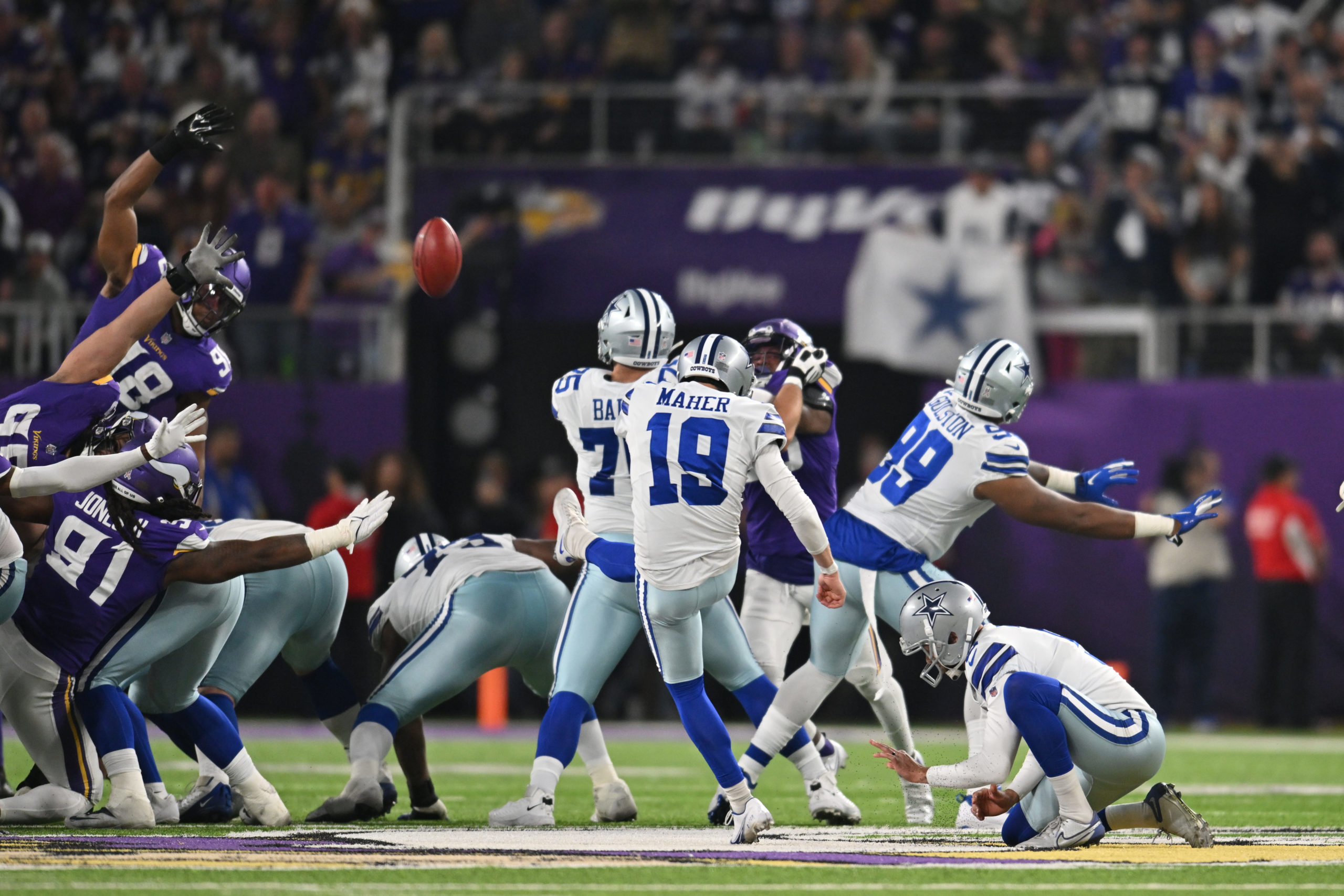
Nantz explained the Maher field goal “had never happened.” It was then announced the Lamb catch, which had taken place at least five minutes earlier, would stand. There was no explanation of who stopped the game. Was it the replay official in the stadium? Was it the so-called replay assistant who has direct contact with the officials on the field? Or was it the officiating office in New York?
Worse, there was no explanation of how the officials on the field called the Maher kick "good." The teams prepared to end the half, and it was then discovered “replay” had stopped the game prior to the snap for Maher’s field-goal attempt.
Fortunately, for the officiating department, Maher kicked again and made it after having been “frozen” for a significant amount of time. The game deteriorated into a blowout, so much so CBS switched its national audience to the Pittsburgh-Cincinnati game.
This haphazard replay administration reminded me of the frustration I had with replay for the entirety of my time as an NFL general manager. It’s why Belichick is speaking about it now, almost two generations after it was first enacted.
The History of Replay
First, a little history about replay in the NFL. I could write a decent-sized paperback entitled, “My Life with Replay,” but we’ll spare you the experience. With apologies to football historians, I’m giving only the cliff notes version here.
In 1985, I attended my first NFL league meeting representing the Buffalo Bills. The team owners, powerful coaches and GMs, many of whom are members of key league committees, are the movers and shakers at these meetings. Me? I was a mute, note-taking, back-bencher, overwhelmed to be in the same room with Paul Brown, Don Shula, Chuck Noll, Al Davis, Tom Landry, Wellington Mara and Pete Rozelle, among many other NFL legends.
So-called “instant replay” was being fiercely debated. Even at that nascent stage, the league split into two camps that exist to this day. The pro-replay side was led by the universally respected Shula. That group believed replay technology was a panacea that would correct the overwhelming majority of officiating mistakes. We’ll call this the “Get it Right School.”
The anti-replay faction, led by the equally respected Brown, believed the game should be “officiated on the field.” Later in my career, I served with both Shula and Brown on the Competition Committee; the league’s rules-writing body. I came to revere them and treasure their friendship.
In 1986, with much vehement dissent, replay passed. Despite a herculean effort by Hall of Fame officiating director Art McNally, it did not work. Far too many incorrect calls went uncorrected and injudicious use of game-stopping authority, vested in the replay official, caused much frustration for fans, players, coaches and executives alike.
Far too many nit-picky things, like ball placement, chopped up the game. What came in on the heels of a heated and divisive battle went out with few dissenting voices in 1991.
Late in the 1998 season, with a playoff berth on the line for the then-Dennis Erickson-coached Seattle Seahawks, a catastrophe Shula often predicted occurred. On the goal line versus the Jets, with the game hanging in the balance and little time left, quarterback Vinny Testaverde vaulted into the end zone to win the game for New York. Or so everyone thought. Then, the TV replay showed Testaverde had lost the ball before he crossed the goal line. None of the officials saw it. The non-TD stood, the Seahawks missed the playoffs, and Erickson lost his job.
Most of the NFL was mortified by this mistake. The media went wild in their cries for the return of replay and some in the league office even advocated for the reintroduction of replay for the playoffs. Commissioner Paul Tagliabue consulted with the Competition Committee, of which I was a member, and decided it would not be used in the playoffs. The committee was charged with inventing a new, more streamlined and efficient form of replay. It would be voted upon and adopted the following spring.
We came up with the system now largely in place. Its bedrock philosophy is only the most obvious and egregious mistakes would be corrected. This is done by a challenge system initiated by the coaches.
Each coach is given two challenges per game. In order to use the challenge, they had to have a timeout available. In the event they lost the challenge, they would lose the timeout as well. Simple, succinct and relatively abuse-proof.
After the two-minute warning, in order to avoid an egregious mistake going unchallenged because a coach had neither a challenge nor a timeout remaining, all challenges rested with the replay official. This is also true in all of overtime. This system had the advantage of providing a finite group of challenges to ensure game length was not excessively affected.
Unlike the previous iteration of replay, we specified which plays could be reviewed with all other plays excluded. Basically, any play involving ball possession (i.e. catch-no catch) or lines (i.e. in or out of bounds/goal line/line to gain) are reviewable. Judgment calls (i.e. defensive pass inference and the like) are not.
The return of replay energized the “Get it Right” brigade. Over time, they chipped away at the new system. All touchdowns and turnovers are now automatically reviewed in New York, a rubric that would have been unthinkable in my day. Coaches successfully lobbied for a third challenge if they got their first two correct. In effect, this has added about eight non-challenge reviews per game. To the league office’s credit, most are pro forma and take little time.
The “Get it Right” cry reached its apex following the Saints-Rams NFC Championship Game in 2018. At the end of the game, three officials missed an obvious defensive pass interference by the Rams, thereby depriving the Saints of a Super Bowl appearance. The public outcry was so great the league decided, as a one-year experiment, to allow DPI and OPI to be challengeable and reviewable.
The results were predictably poor. Inconsistent would be a charitable description. The late George Young, Hall of Fame GM of the Giants and an ardent anti-replay person, often said, “Replay of judgment calls is replacing the lousy judgment of one person with the lousy judgment of another.” He was right.
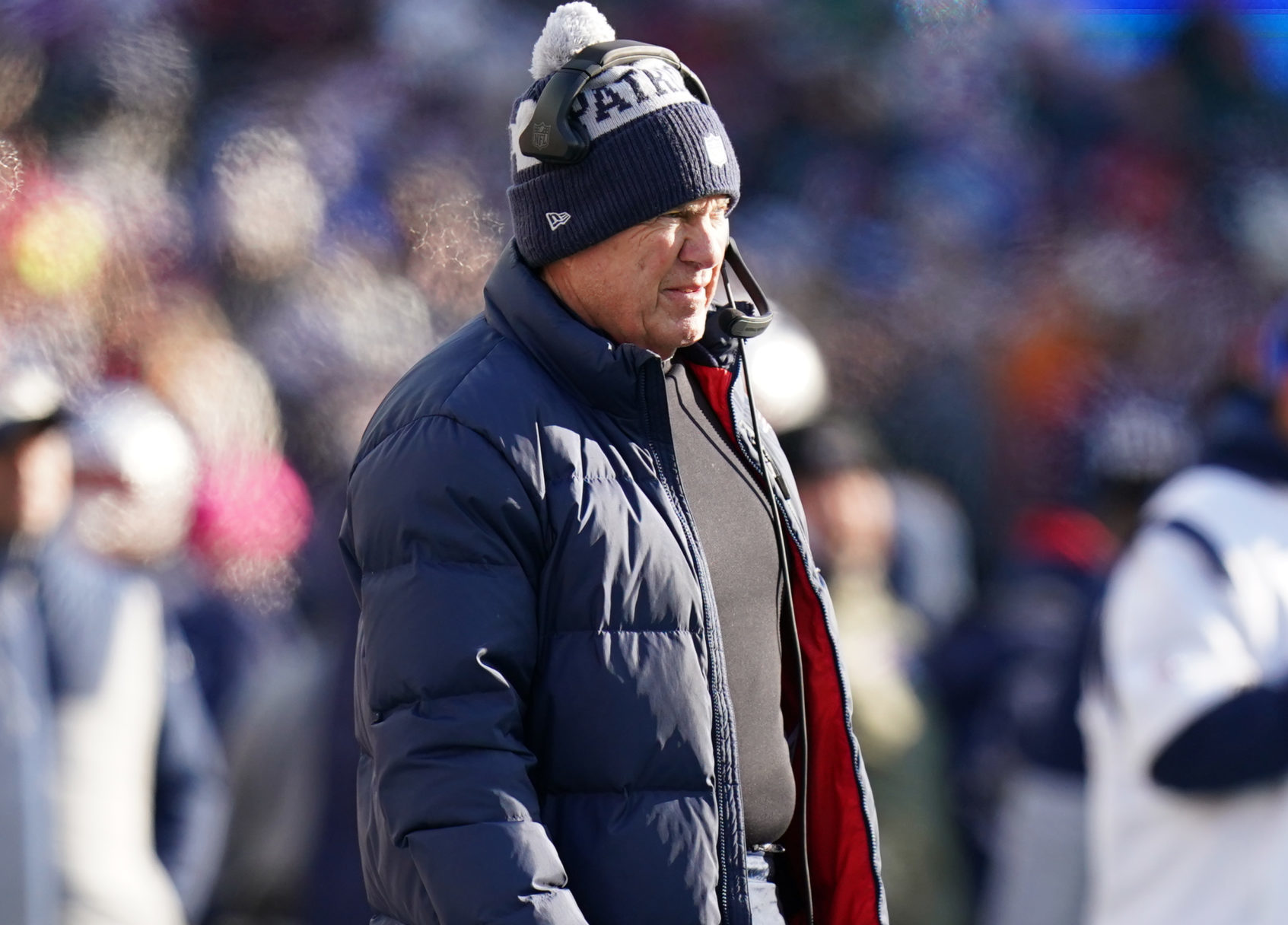
Back to Belichick’s suggestions. He has made essentially two. First, he wants challenges available to coaches inside two minutes. That is not as easy as it sounds, but with some solid Competition Committee analysis of unintended consequences, it seems doable. Inside two minutes, we ought to rectify a mistake or omission by the replay official.
Belichick’s other suggestion is to make all plays reviewable. I doubt that will get enough traction to pass, but when Belichick speaks, it behooves the league to listen.
My 20 years on the Competition Committee ended a decade ago and a new generation of coaches and GMs are in charge. They have grown up trusting in and relying upon technology. It seems logical new technology will expand replay over time.
My hope is we never abandon the core philosophy of Replay 2.0, which is to use it to address a limited number of obvious and consequential mistakes.
As told to Vic Carucci

